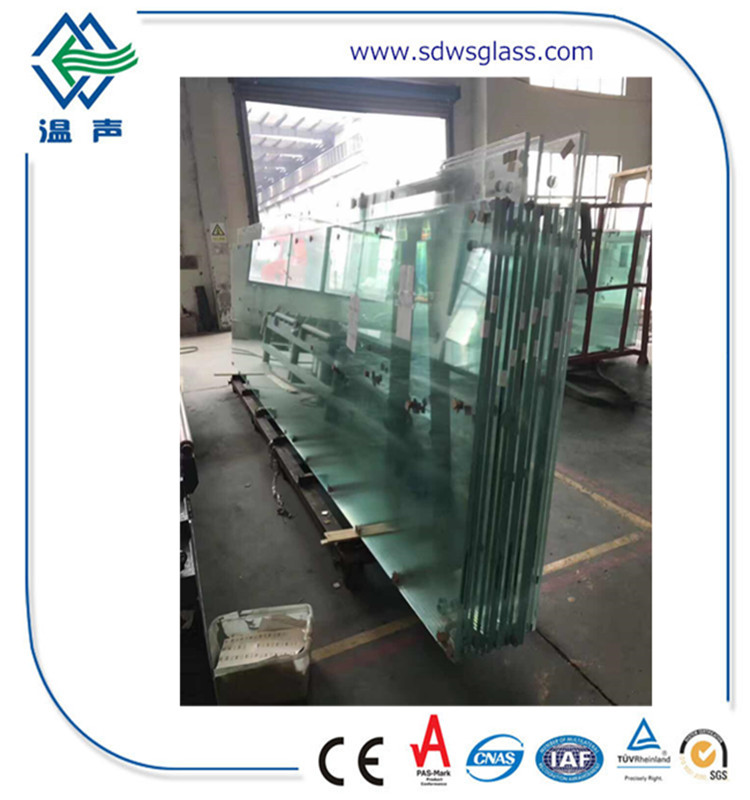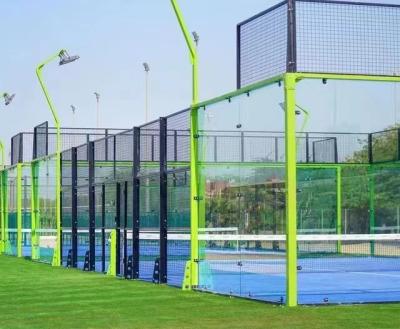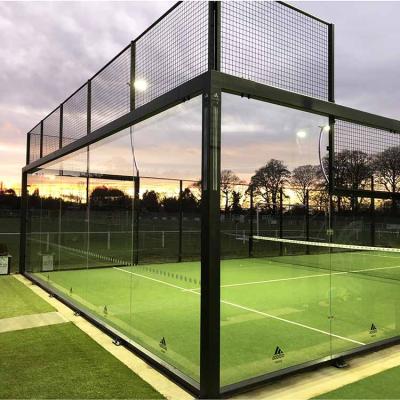Tempered glass with straight polished edges for exterior building glass walls
Tempered or toughened glass is a type of safety glass processed by controlled thermal or chemical treatments to increase its strength compared with normal glass.
Tempered glass is made by heating and cooling a piece of standard glass in a tempering furnace. The glass, which must be pre-cut and edged before being put into the tempering furnace, is heated to approximately 1200°F and then cooled rapidly.
This process is also known as quenching. The quenching process leaves the glass hardened so that it is now approximately 4 to 5 times stronger, and therefore more resistant to breakage, then it was before the tempering process. If it does break, tempered glass shatters in small pieces that are less likely to cause injury or damage than non-tempered glass.
Tempered glass specification
Thickness | 3mm-19mm |
Max Size | 3300*13000mm |
| Mini Size | 200mm*300mm |
Color | Clear, low iron (ultra clear), bronze, grey, blue, green, low-E, reflective |
Standardization | GB15763, AS/NZS2208:1996 , EN 12150-1, CAN/CGSB 12.1-2017, ANSI Z97.1-2015 |
Package | Protective paper interlayer, plywood crate |
Curved tempered glass specification
Thickness | 5mm-19mm |
Max Size | 5000mm*2500mm |
Mini curved radius | 1500mm |
Color | Clear, low iron (ultra clear), bronze, grey, blue, green, low-E, reflective |
Standardization | GB15763, AS/NZS2208:1996, EN 12150-1 |
Package | Protective paper interlayer, plywood crate |
Related News
Submitted successfully
We will contact you as soon as possible









